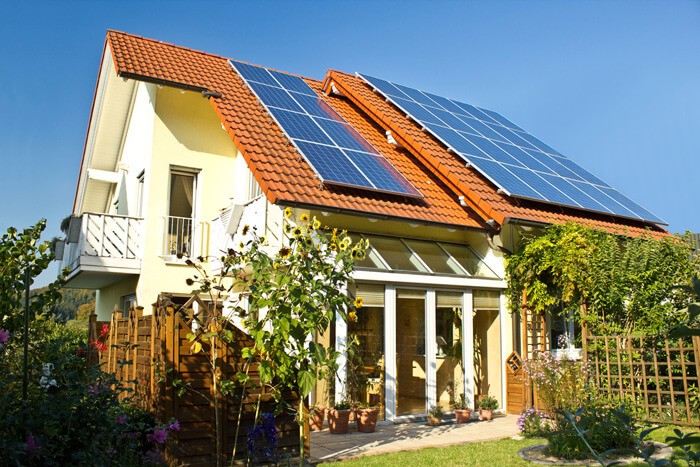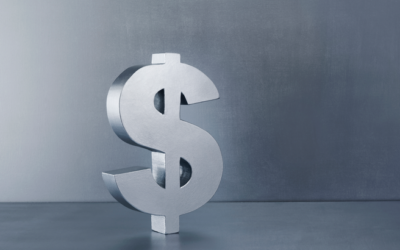Green Matters in Real Estate!

Your clients want to hear more about green real estate and why it matters, surveys show.
Whether they’re first-time buyers or existing homeowners, consumers are showing more desire to learn more about environmental matters in housing.
Indeed, 61 percent of homeowners have researched energy-efficient improvements, according to the Bank of America Homebuyer Insights Report. Eighty-six percent of homeowners say they have some type of energy-efficient product in their home.
And it’s not just a young generational thing. That same study shows that 93 percent of seniors say they have energy-efficient products in their home compared to 78 percent of millennials.
Indeed, more than half of REALTORS® say that their consumers are showing a greater interest in real estate sustainability issues and practices, according to NAR’s REALTORS® and Sustainability report, which stems from NAR’s new sustainability program. More multiple listing services are adding data fields to spotlight a property’s green features as well.
The green home features REALTORS® say their clients are showing the most interest in involve a home’s efficient use of lighting; a smart or connected home; green community features, such as bike lanes and green spaces; landscaping for water conservation; and renewable energy systems, such as solar and geothermal.
Housing experts offer up several ways homeowners can be more green with their homes and save money to boot, including:
- Upgrade leaky windows: About one-quarter of a home’s heat loss during colder months is due to the windows and doors. Buying energy-efficient windows can help to improve thermal insulation, preserve energy, and reduce noise and dust in the home, according to Ply Gem, an exterior building product company.
- Insulate walls and attic: An extra layer of insulation will help curb the work that your heating and cooling systems have to do, according to the BofA report.
- Improve the heating system and A/C unit: Air conditioning alone eats up more than 8 percent of all the electricity produced in the U.S. Heating accounts for 30 to 50 percent of annual energy bills and is the largest energy expense in most homes in moderate and cooler climates. A more energy-efficient system can help curb costs.
- Opt for vinyl: Vinyl is one of the most durable, cost-effective solutions for buildings because it’s low maintenance and boasts a long lifespan. It can help save on energy and material costs too, according to the U.S. Green Building Council. Opt for vinyl siding, fence, railing, and windows.

Realtor Mag
Is Your House the Top Thing on a Buyer’s Wish List this Holiday Season?
Anyone shopping for a new home between Thanksgiving and New Year’s is likely going to be a serious buyer.
People Are Still Moving, Even with Today’s Affordability Challenges
It’s true that buying a home has become more expensive over the past couple of years, but people are still moving.
The Latest 2024 Housing Market Forecast
The housing market is expected to be more active in 2024 and that may be in part because there will always be people whose lives change and need to move.
Thinking About Using Your 401(k) To Buy a Home?
Before you decide to dip into your retirement to buy a home, be sure to consider all possible alternatives and talk with a financial expert.
Homeowner Net Worth Has Skyrocketed
Buying a home can be a great way to grow your net worth, since home values have a tendency to rise over time, meaning you have more equity.
Reasons To Sell Your House Before the New Year
Selling now, while other homeowners may hold off until after the holidays, can help you get a leg up on your competition.
Don’t Believe Everything You Read About Home Prices
If you believe home prices are falling, it may be time to get your insights from the experts, and they’re saying prices are climbing.
Foreclosures and Bankruptcies Won’t Crash the Housing Market
Foreclosure filings are inching back up to pre-pandemic numbers, BUT they’re still way lower than when the housing market crashed in 2008.
Affordable Homeownership Strategies for Gen Z
One of your best resources on the journey as a young homebuyer is a trusted real estate agent.
The Perks of Selling Your House When Inventory Is Low
Buyers have fewer choices now than they did in more typical years. And that’s why you could see some great perks if you sell today.









